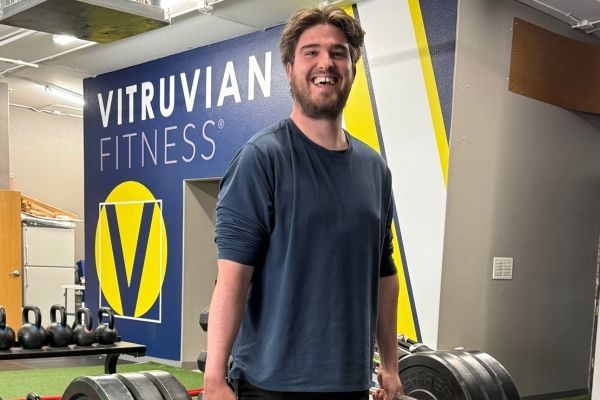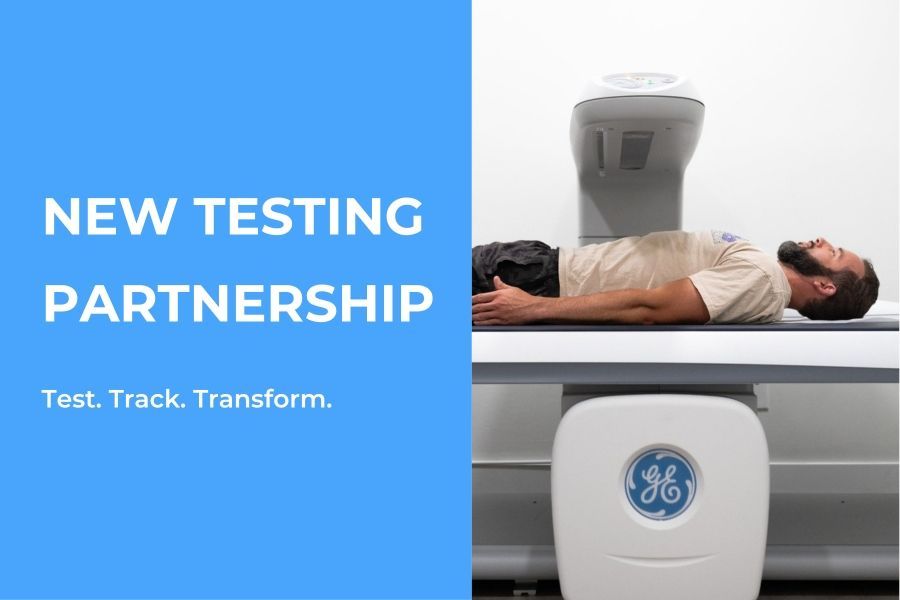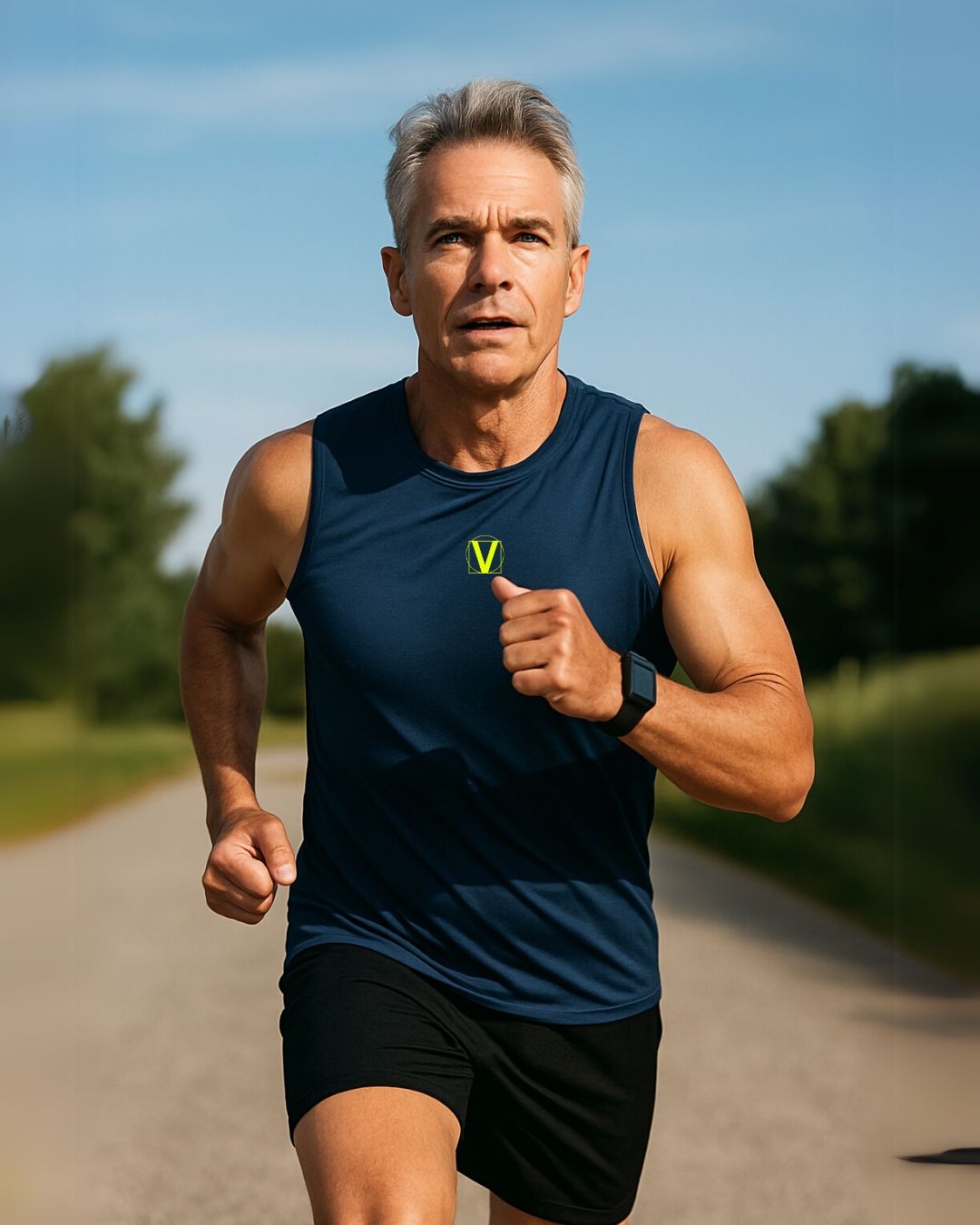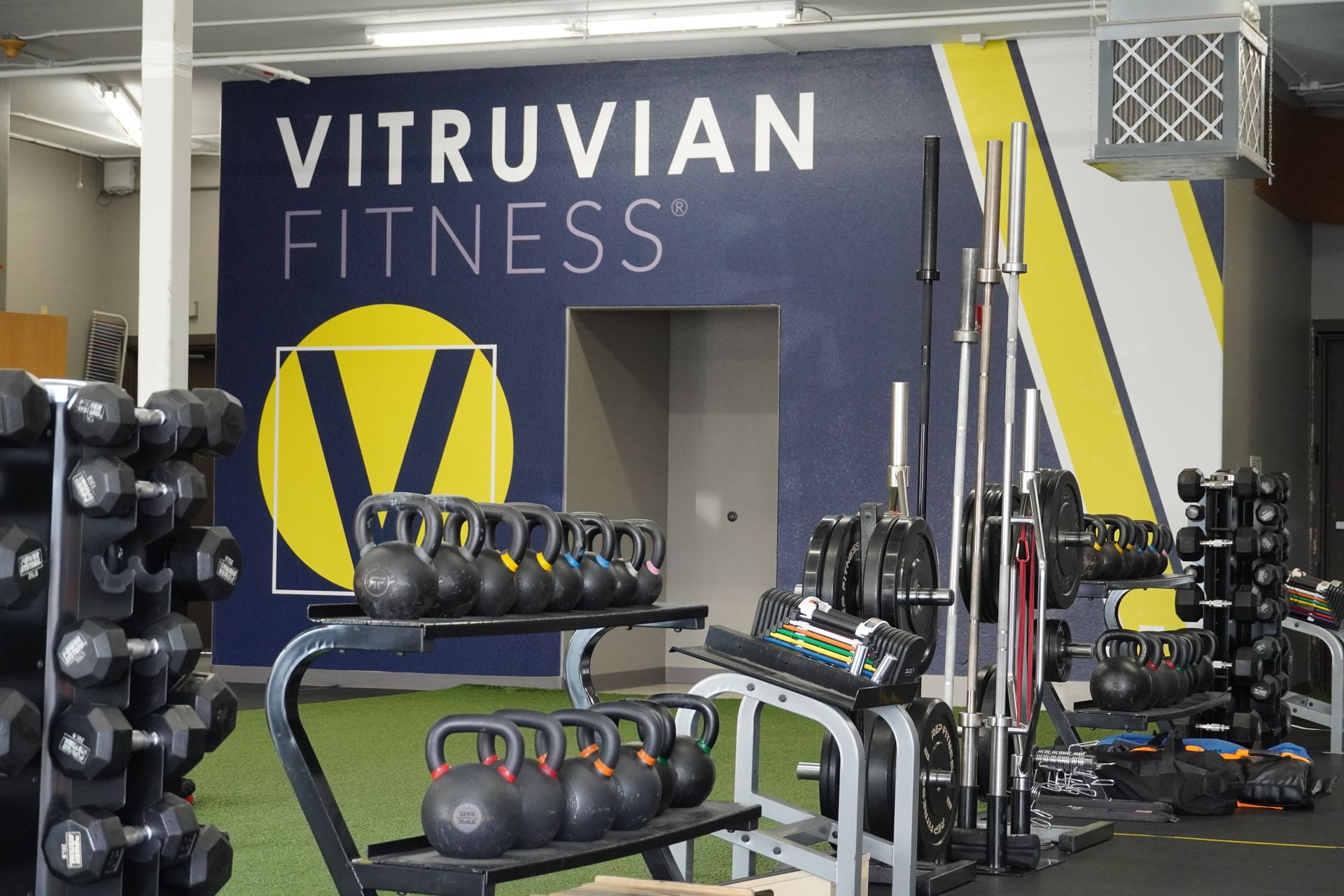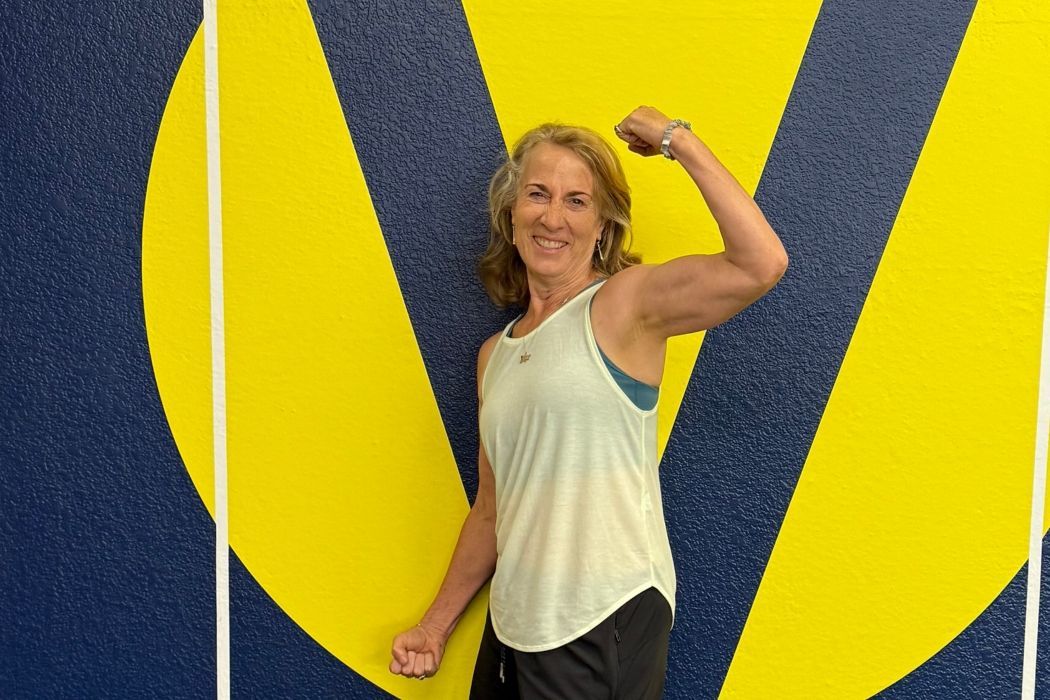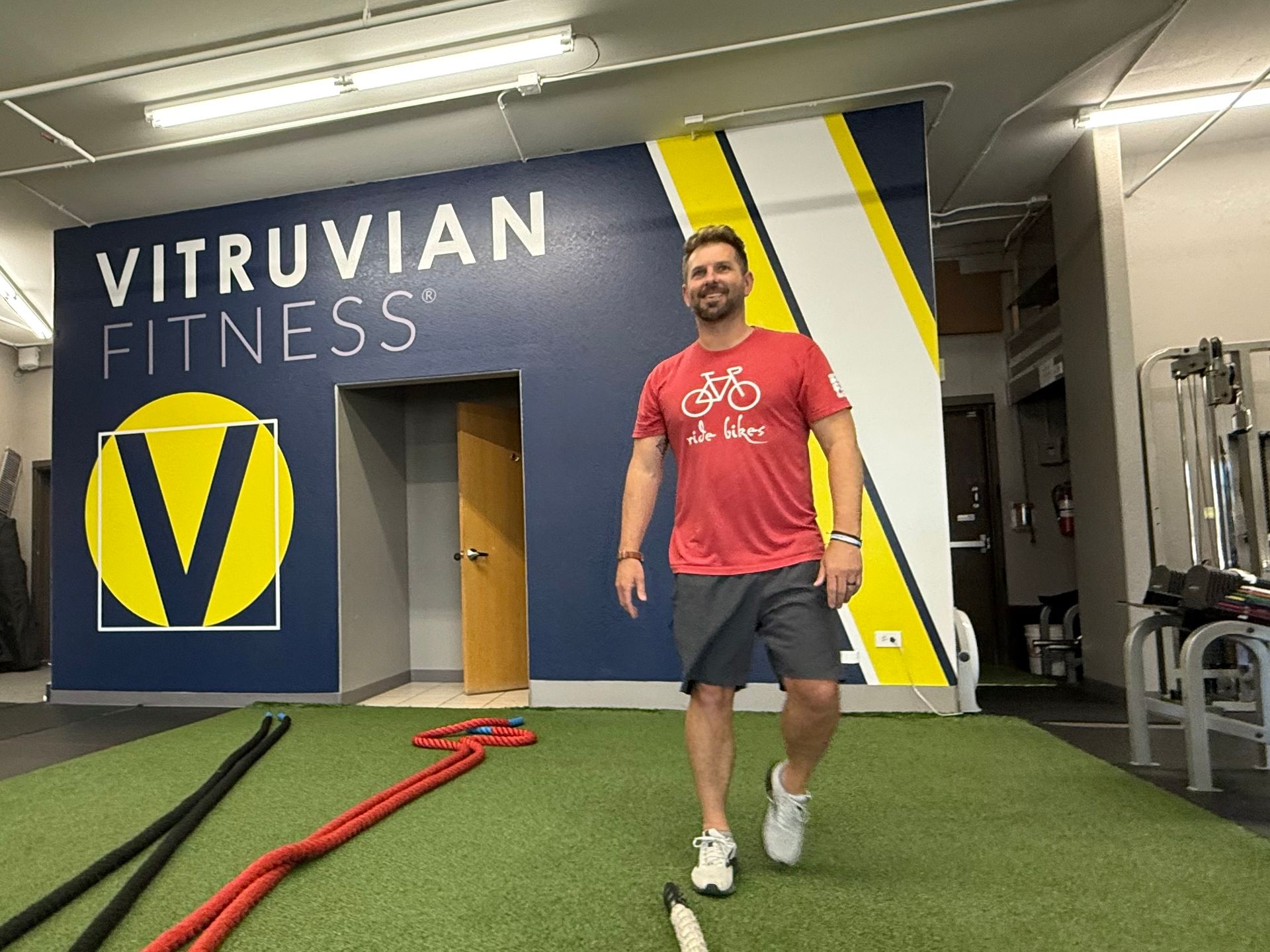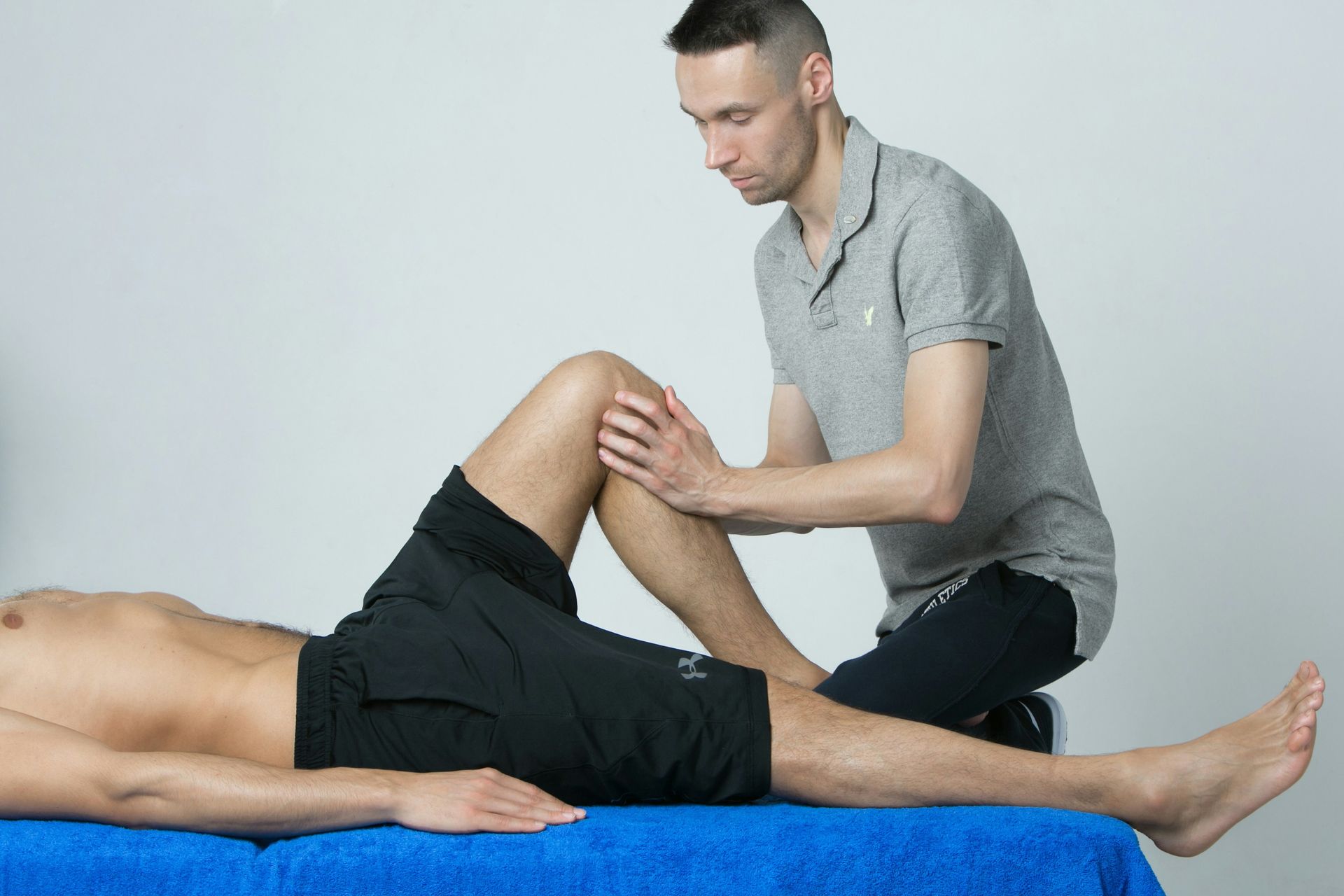Why Cardio Matters: Fitness, Longevity, and What Most People Miss
“Doing cardio.” What even does that mean?
For some people, it’s hopping on the rower, bike, ski erg, treadmill, or elliptical and checking the box for however long Tom said to do it, then sneaking out before anyone asks questions.
Others train for sanity. It helps manage stress, clear the mind, and release a flood of feel-good chemistry. Also in this category are people who actually just love to run, bike, swim, or play sportsball purely for the fun.
And then there are those training for performance—to win races, set PRs, and push personal limits.
All of this is cardio.
And yet, when you zoom out and look at the data, it becomes clear that cardiovascular fitness does something that has a very measurable outcome: it extends your lifespan. And while we’ve all heard that cardio is good for your heart, most people don’t realize just how deep that benefit runs.
And as in the case of so many other aspects of life, the broader public often benefits from the insights that trickle down from elite performance research. So whether you're reluctantly doing cardio or chasing a vibe, you’re tapping into the same physiological systems that turn podium-seekers into podium winners.
So what do most people miss? They miss that cardio isn’t just about burning calories or checking a box. They miss that how you train your cardiovascular system—especially through smart use of lower-intensity work—can profoundly influence your energy, metabolism, mental clarity, and longevity. They miss that it’s not about punishment or perfection. It’s about creating the capacity to live bigger and better.
This article takes the scientifical and makes it practicable – and understandable, tangible, accessible, relatable, and all the other words.
The Cardiovascular System
The cardiovascular system is deeply integrated with every major function in your body. It works in concert with all other systems—not just supporting them, but adapting and responding in real time to physical demands, metabolic needs, and environmental stressors.
Cardiovascular fitness refers to the efficiency with which your heart, lungs, and blood vessels perform these functions under stress, especially during sustained physical activity.
Focusing on cardiovascular training yields specific, measurable benefits:
- A stronger, more efficient heart
- Better oxygen delivery to working tissues
- Improved metabolic flexibility (how your body uses fat vs. carbs)
- A more responsive autonomic nervous system (for recovery and stress adaptation)
These aren’t just background processes—they’re critical drivers of both long-term health and day-to-day performance.
You'll Need Some New Terms
To train smarter, you'll need to learn a few key concepts. These aren't just technical jargon—they're biological markers that represent how your body adapts when you become more fit, more durable, and functionally versatile.
VO2 Max: Maximal Oxygen Uptake
VO2 max is your body’s maximal oxygen uptake—how much oxygen you can use during intense exercise. It reflects the combined capacity of your heart, lungs, blood, and muscles. The higher your VO2 max, the more sustained work you can perform.
And VO2 Max is trainable. In other words, you can do something about it.
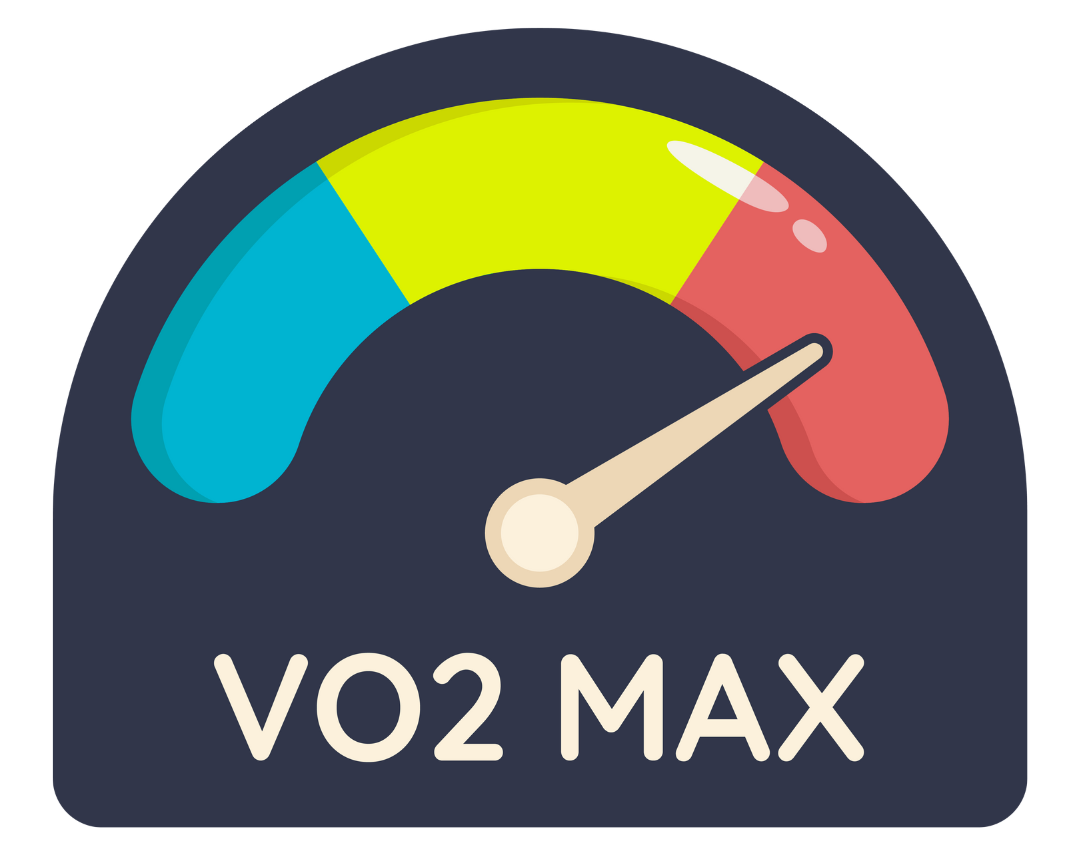
Dr. Peter Attia and numerous peer-reviewed studies identify VO2 max as one of the strongest indicators of long-term health and lifespan. Simply put: the higher your VO2 max, the more likely you are to live a longer, healthier life. (K Mansager, P Schnohr)
“If you could only pick one metric to assess someone’s physical capacity, VO2 max might be it.”
—Dr. Mike Joyner, Mayo Clinic
Lactate Clearance
Lactate is a byproduct of metabolism. It's not a waste product and it's certainly not the villain it’s made out to be. Your body constantly produces and recycles lactate as a valuable fuel source.
Your ability to clear and reuse lactate efficiently is a marker of a well-trained aerobic system. Poor clearance = early fatigue. Good clearance = go longer, recover faster.
This is why smart endurance training focuses on buffering and reusing lactate, not just pushing harder. Lactate clearance is also trainable.
Curious how to Combine Cardio with Strength Training?
We can put together the perfect plan for you.
👉Let's Talk! Click here to schedule a call!
Zone 2 Training: The New-Again Buzzword
Zone 2 is that comfortably uncomfortable place—you can talk, but not sing. A few decades ago, we called it LSD: Long Slow Distance. Because you do it for a long time, and it’s slow. In fact, training sessions in this Zone can last anywhere from 45 minutes to 2 hours.
And it’s surprisingly effective for as low key as it is.
In fact, Dr. Iñigo San Millán, a professor in the school of medicine at the University of Colorado
and
coach to many of the world's most elite endurance athletes, calls Zone 2 training the most important exercise for improving mitochondrial function and metabolic health.
Regular Zone 2 work delivers:
- Lower resting heart rate
- Improved lactate clearance
- Increased mitochondrial and capillary density
- Better blood sugar control
- Enhanced fat metabolism
- Weight management support
It’s not flashy. But it works.
VO2 Max Training
Zone 2 builds your base. VO2 max training raises the ceiling.
These are intense efforts—1 to 5-minute bursts—done at high intensity to push the limits of your oxygen delivery system. They’re hard, short, and potent.

Where Zone 2 builds infrastructure, VO2 max work boosts peak capacity.
You want both.
Actually, You
Need
Both
Zone 2 improves your ability to deliver and utilize oxygen efficiently. VO2 max training builds work capacity and sharpens your top end.
Together, they create a cardiovascular system that’s both wide-ranging and high-performing.
But What About Strength Training?
Let’s not fall into the trap of cardio vs. strength. Both matter. Here’s how I frame it:
Cardio influences how long you live. Strength influences how well you live.
Strength training supports bone density, joint integrity, metabolic health, and injury resistance. But it doesn’t replace the heart and metabolic adaptations you get from cardio.
The two aren’t opponents. They’re teammates.
The Modern Cardio Crisis
Despite its benefits, most adults aren’t doing enough cardio. The CDC recommends 150 minutes of moderate cardio per week. That’s just 3 50-minute sessions or 6 25-minute sessions per week. That's like taking a brisk walk after lunch or dinner. This little is super effective. And more will yield even greater results.
In reality, many people prioritize weight lifting or high-intensity intervals over the longer duration moderate intensity cardio neglecting building the aerobic base that supports everything else.
If you've read this far, great! Are you already a believer and seeking greater knowledge? Or are you looking for the magic word that will suddenly help you realize this is the best some of the best medicine that will help you live a longer and healthier life?
What’s Next in This Series?
This is Part 1 of a 4-part series. We’ll break down:
- How to train in the right zone for your goals
- What terms like lactate threshold, FTP, and VO2 max actually mean
- How to build a cardio program that supports your lifestyle—from casual hikes to competitive races
Cardio Is for Everyone
You don’t need to be a triathlete or marathon runner. Whether you’re a parent chasing toddlers, a 60-year-old planning to stay independent for decades, or a podium-seeking competitor—cardiovascular fitness makes everything better.
Coming Up Next:
Next article: Training Zones—What They Are and Why They Matter
Learn how to train smarter, not harder.
Curious how to Combine Cardio with Strength Training?
We can put together the perfect plan for you.
👉Let's Talk! Click here to schedule a call!
You might also enjoy these posts . . .
